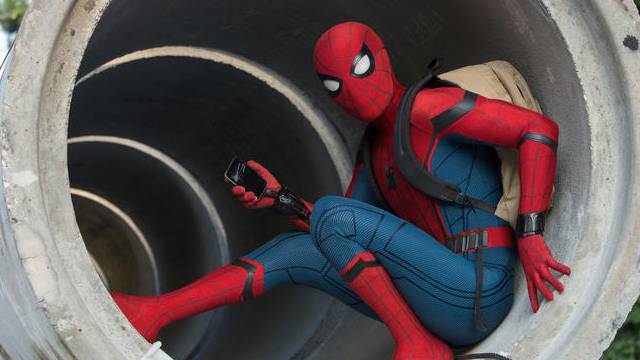To celebrate Spider-Man: Far From Home’s release, we’re taking a look back at the entire MCU. Entry by entry. Our goal with this retrospective is to trace the footsteps of Marvel Studios. And in doing so, to understand the decisions made along the way to becoming a Hollywood powerhouse.
Spider-Man is arguably Marvel’s most iconic character, and that’s why his absence in the MCU was so noticeable. Sam Raimi’s Spidey films may have paved the way for Marvel Studios, but the webslinger deserved to share the stage with other heroes. Audiences emphatically rejected the Amazing Spider-Man reboot films; which came in far below their predecessors at the box office. Bringing Spider-Man home to Marvel was an impossible dream… until it wasn’t.
Thanks to a new deal between Marvel and Sony, Tom Holland made his MCU debut as Spider-Man in Captain America: Civil War. But it would be Spider-Man: Homecoming’s job to seamlessly incorporate Peter Parker into his new world. The film would also represent a crucial creative turn in the MCU at large. However, to understand how Spider-Man came to be in the MCU, we have to follow the circumstances that led to it.
Webb of Failure
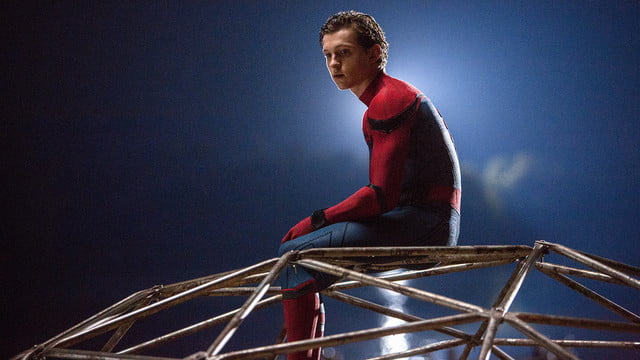
For most of the ’90s, Spider-Man’s movie rights were caught up in litigation. However, Sony Pictures acquired the film rights for a cool $7 million at the turn of the century. Sam Rami directed the first three installments of the Spider-Man franchise. Unfortunately, Rami’s Spider-Man 4 was eventually canceled due to various factors. Consequently, the series was rebooted with director Marc Webb at the helm in 2010.
Although Raimi’s original trilogy was a financial success, Webb’s 2012 Amazing Spider-Man and its sequel began to see diminishing returns. Merchandise and toy sales plummeted as a result of the decrease of interest in the films. However, it was the infamous hacking of Sony in late 2014 that revealed more was at play than initially thought.
The Big Picture
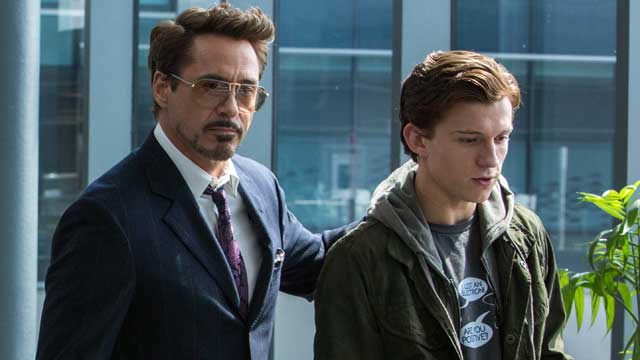
As Sony executives struggled to figure out how to handle the franchise after multiple failures, Marvel Studios began to lobby for creative control of Spider-Man. The truth is that Sony had to continue making Spider-Man movies to keep the film rights. From the outside looking in, Sony was looking to compete with Marvel by forming a Cinematic brain trust. Behind closed doors, Sony studio executives, including Amy Pascal and Michael Lyton, didn’t know where to go with Spidey.
Ben Fritz’s book, The Big Picture, features an entire chapter dedicated to Spider-Man’s eventual inclusion in the MCU. As Fritz describes it, Marvel took a two-pronged attack to win the character back. Whereas Ike Perlmutter would target Lyton, Kevin Feige would approach Pascal about his plan to re-invigorate Spider-Man in the MCU. Although Perlmutter successfully opened negations, Feige’s first attempt allegedly ended with Pascal throwing a sandwich at him. According to Fritz, Pascal saw the offer as an insult to her and the studio.
Marvel didn’t relent, and Disney CEO Bob Iger was able to get Sony’s CEO Kaz Hirai on board with the idea. While other Sony executives saw a potential deal with Marvel as a no-brainer, Pascal still had mixed emotions. Perlmutter proposed that Marvel “take 50 percent stake in the next Spider-Man film, while Sony would get a 5 percent stake in Captain America 3.” Because of this, talks between the two studios eventually ceased in November 2014 due to “pure economics.”
Hacked Into A Corner
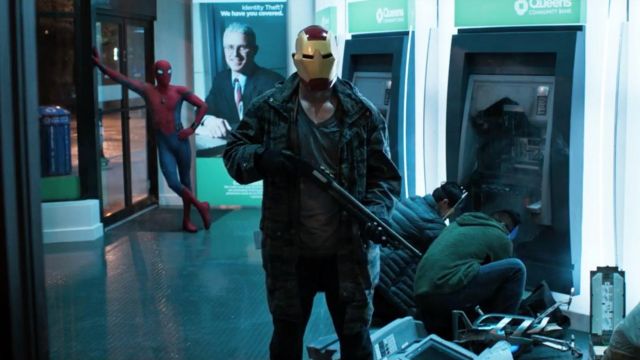
After initial talks broke down, Pascal put all of her chips into Sony’s then-slated Sinister Six film. Drew Goddard was set to direct the film, which would have had a more “light-hearted” tone than its predecessors. But just as Goddard delivered the first draft, the Sony hack caused work on the project to halt. With the public now privy to the inner-workings of the studio, the pressure was higher than ever to succeed.
Sony couldn’t afford to gamble on another reboot. Instead, the studio re-approached Marvel about making a deal. As Fritz points out, the exact characters that Sony had refused to spend an extra $15 million for the movie rights would end up rescuing Spider-Man from the brink of failure. Pascal and Feige met again – but this time things were much more cordial between the two producers. They discussed story ideas and settled on a “decidedly John Hughes tone.” After a few weeks, Sony and Disney had finally come to a deal to bring Spider-Man home to Marvel.
A Third Chance
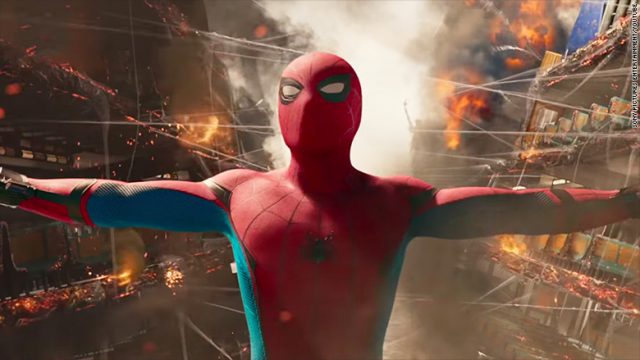
First, Spidey would appear in Captain America: Civil War, which Marvel would produce and release. It would then follow with a solo appearance in Spider-Man: Homecoming; which would be creatively supervised by Marvel, while Sony would finance and release. “Rather than haggle about co-financing arrangements, Marvel and Sony agreed they would each fully finance and keep the profits from their respective releases.” Marvel would still be required to pay Sony $35 million of the merchandising rights. However, Sony would reduce that fee if the film made more than $750 Million at the box office.
Only days before Sony fired Pascal, she and Lyton met with Perlmutter and Feige to discuss the details. The two sides shook hands before signing a “nine-page document” soon after that. Sony and Marvel never exchanged real assets for the deal. Accordingly, both parties can terminate the contract at any point. Pascal was previously one of the key people responsible for the cinematic birth of Spider-Man in 2002. She went on to produce Homecoming and Far From Home as well.
A New Direction

With the legal details between Disney and Sony largely worked out, Marvel turned its attention towards finding a new director. One of the early contenders was writer and director Drew Goddard. Having just unsuccessfully invested a year into Sinister Six, Goddard “didn’t have an idea” for the film. During the promotional tour for Age of Ultron, Feige confirmed that the MCU’s Peter Parker would be 15 or 16. Feige also stated that the next Spider-Man movie wouldn’t rehash Peter’s backstory. Essentially, he refused to take the audience’s knowledge of Peter’s origin for granted.
By May 2015, the casting process for the lead role had already begun. Simultaneously, filmmakers such as Jonathan Levine, Ted Melfi, Jason Moore, and Jared Hess were all in consideration that same month. In June, Levine and Melfi topped the short list. However, new contenders like Jon Watts and the writing duo of Jonathan Goldstein & John Frances Daley entered the mix. By the end of the month, Marvel announced that Watts had won the job.
Establishing The Ground Level
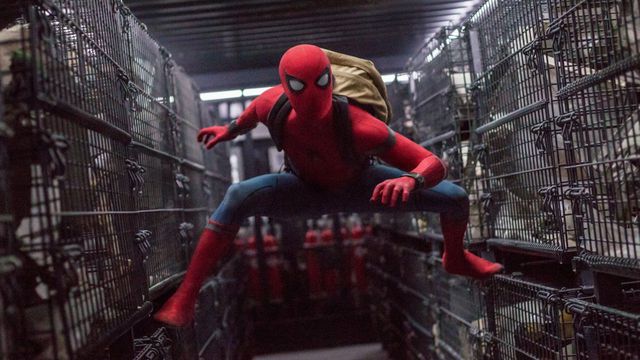
Surprisingly, Watts had only directed Cop Car before landing Homecoming. Despite this, Feige called Watts a “new and exciting voice” to bring Spider-Man to life. He was an unconventional choice for the director’s chair – a trend that would continue in Phase 3. According to Watts, he created a series of images and “mood reels” that depicted Nick Fury as Peter’s mentor. Watts thought that Fury “would be a person that he’d want to get in trouble with.” This was in the early stages of development, but this angle was enough to get him the job. Of course, that mentor role eventually went to Iron Man himself, Tony Stark.
According to Watts, he was later invited to incorporate his ideas during the production of Civil War so that both movies “transitioned seamlessly.” He also read the script for Civil War, in addition to being on set during the filming of Holland’s scenes. Watts also expressed his excitement about exploring the “ground level” of the MCU, rather than the “penthouse level.” Similarly, Feige also noted that they were interested in depicting previously unused villains, as well as reinforcing the John Hughes vibe.
Back To Basics
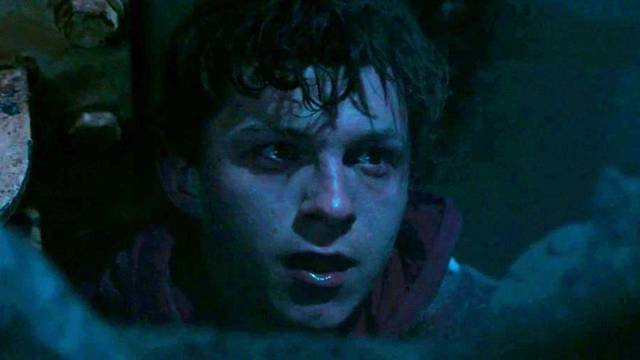
In July 2015, the writing duo of Goldstein and Daily were hired to write Spider-Man: Homecoming. To get the job, they pitched a take on Spidey that was “diametrically opposed” to the previous installments. They actively tried to avoid elements that had been featured in previous Spidey flicks. Another conscious decision was to avoid showcasing the Manhattan skyline. Instead, Goldstein and Dailey sought to put the character in new locations that included the suburbs of Queens, Coney Island, and Washington D.C. They also pitched the idea of “seeing Spider-Man attached to a plane 10,000 feet up in the air, where he had absolutely no safety net.”
Marvel encouraged Goldstein and Daily to infuse their personality and sense of humor into the script. To lighter the tone, the writers focused on the coming-of-age aspects of the story. It allowed the screenwriters to tap into deeper thematic elements. More so than ever before, Spider-Man: Homecoming would be about Peter “coming to terms with his new abilities and not yet being good with them, and carrying with him some real human fears and weaknesses, like a fear of heights.” Likewise, Goldstein added that this gave the story a “low-stakes” feel that wouldn’t logically require “the big guys.”
A Grounded Approach
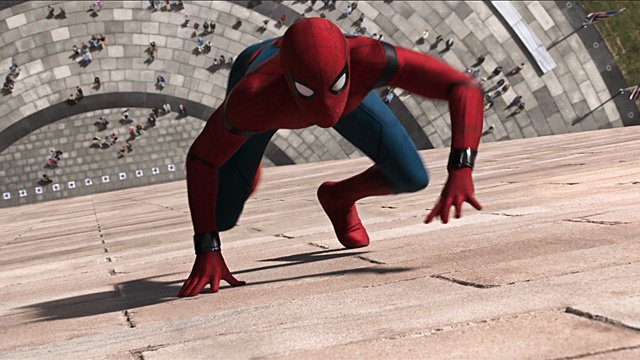
With the story elements in place, Watts prepared by re-reading the original comics. Watts eventually realized that Spider-Man’s place in the comics was to give the human perspective on the “crazy spectacular Marvel Universe.” Life often imitates art, and Watts saw this as an opportunity for his film to do the same. Furthermore, Watts also noted Ultimate Spider-Man and Spider-Man Loves Mary Jane as influences.
For the cinematic style of Spider-Man: Homecoming, Watts worked slowly with the pre-vis team to establish the “visual language” of the film. In terms of shooting style, he aimed to achieve a more “grounded” approach. That meant avoiding the “swoopy” camera moves of the past in favor of a style that feels like “we are there with him… something you could actually film.” Even though John Hughes’s movies were a major influence, coming-of-age classics like Almost Famous, Can’t Buy Me Love and Say Anything also inspired the filmmaker.
Diversification

With the visual style of Spider-Man: Homecoming taking shape, Watts turned his attention to casting the rest of the film. Holland and Marissa Tomei were already in place. Former Disney actress Zendaya was hired in March 2016 for an undisclosed role. Upon her casting, fans immediately guessed she would be playing Mary Jane Watson. As it turns out, the film would partially commit to that. She was Michelle Jones, but her friends call her “MJ.”
Interestingly, Feige eventually reneged on the re-interpretation of the classic character after the film was released. “This will be a very different thing, she’s not Mary Jane Watson, that’s not who the character is. But giving her the initials that remind you of that dynamic certainly is intriguing about what could go forward.” Zendaya’s casting would prove to be a watershed moment for comic book movies. Watts felt it was important to depict Queens as “one of the most diverse places in the world.” As a result, the film’s cast also remains one of the most diverse standalone entries in the MCU to date.
Bringing In The Big Guns
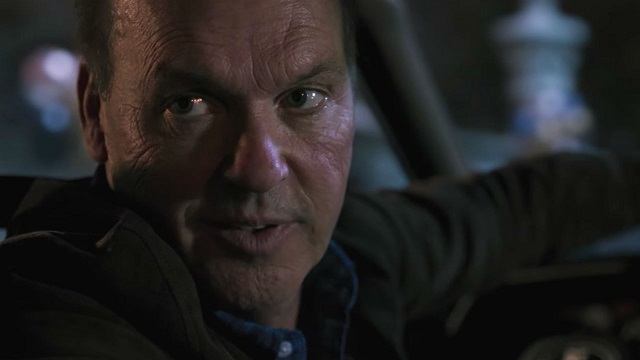
In April 2016, two bombshell pieces of casting news took place. Early in the month, word broke that Robert Downey Jr. was joining Spider-Man: Homecoming. Watts wanted to use Tony as a reluctant mentor who would further drive his relationship with Peter. Downey’s inclusion in the story helped solidify the film’s financial prospects. However, Tony would also represent “the embodiment of the penthouse level of the MCU,” something that would further echo Peter’s thematic journey.
Downey’s role in the film would lay the necessary groundwork for his character arc throughout the entirety of Phase 3. Similarly, Spider-Man: Homecoming would also present the first positive step toward overcoming the MCU’s villain problem. A few weeks after Downey’s announcement, another superhero veteran was revealed to be in talks for the film – Michael Keaton. Keaton previously played Bruce Wayne/Batman in two feature films. However, this role would present his chance to make his mark on the MCU by playing a villain. Although this role was later revealed to be the Vulture, Keaton soon dropped out due to scheduling conflicts.
But by May 2016, Keaton’s schedule cleared up and he reached a deal to appear in Homecoming. Keaton immediately added gravitas to the blue collar character who “feels like a victim.” While Stark represents the upper-echelons of the MCU, Adrian Toomes would emerge as a base-level antagonist. In doing so, Marvel created a villain that that didn’t have delusions of grandeur. Instead, they created a sympathetic family man who wanted “a shot at the good life.”
Sticking The Landing
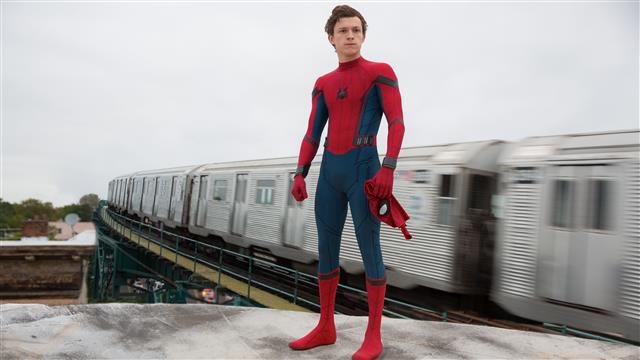
Spider-Man: Homecoming went on to gross over $880 million worldwide, with a critical consensus of 92% on Rotten Tomatoes. It was the second highest of the franchise in both categories, reinforcing the success of the Marvel method. However, the film also had its share of detractors who disliked the MCU’s take on Spidey. In particular, some fans felt that the inclusion of Peter’s advanced suit tech – most notably his suit A.I., Karen – diminished Peter’s intellect. While this inclusion certainly is a “get out of jail free card” for the movie, it also allowed Spider-Man: Homecoming to present a more honest depiction of the character’s spirit.
If there’s one scene that encapsulates that, it’s the homage to Amazing Spider-Man #33. That’s a very famous scene in Spidey lore, that left him trapped under heavy machinery as he grappled with his fear and self doubt. According to a post-release interview with Feige, the moment was something he “wanted to see for a long, long time.” Goldstein and Daily included the scene for Feige, an it accentuated a side of Spider-Man that hadn’t been seen on film before.
Despite the idea that Sony would unintentionally sabotage the MCU timeline with the ill-fated “8 years later” title card, Homecoming brought back the much-needed sense of humanity to the franchise. Notwithstanding some nitpicks, Spider-Man: Homecoming was a welcome return to form – especially after Sony’s constant mishandling of the character in the decade prior.
Related:
Guardians of the Galaxy Vol. 2 – MCU Retrospective Part 15
Doctor Strange – MCU Retrospective Part 14
Captain America: Civil War – MCU Retrospective Part 13
Ant-Man – MCU Retrospective Part 12
Avengers: Age of Ultron – MCU Retrospective Part 11
Guardians of the Galaxy – MCU Retrospective Part 10
Captain America: The Winter Soldier – MCU Retrospective Part 9
Thor: The Dark World – MCU Retrospective Part 8
Iron Man 3 – MCU Retrospective Part 7
The Avengers – MCU Retrospective Part 6
Captain America: The First Avenger – MCU Retrospective Part 5
Thor – MCU Retrospective Part 4
Iron Man 2 – MCU Retrospective Part 3
